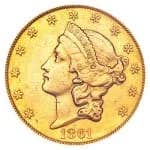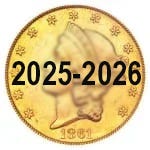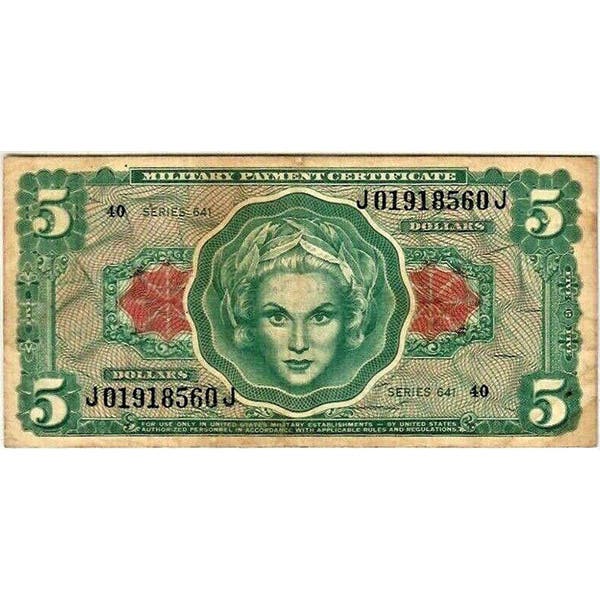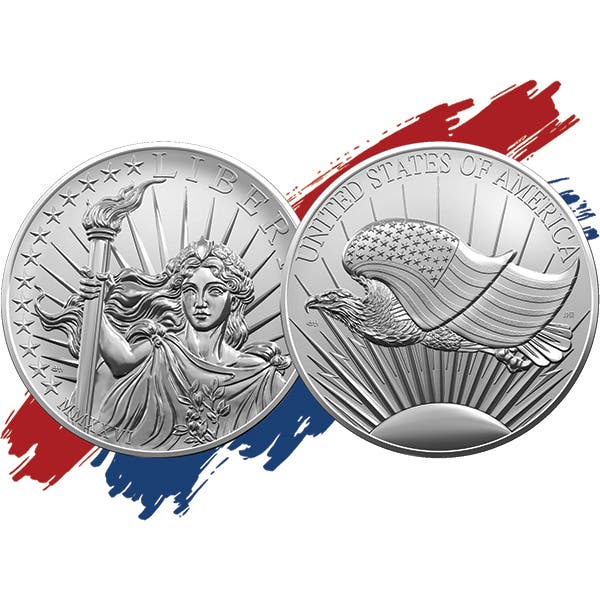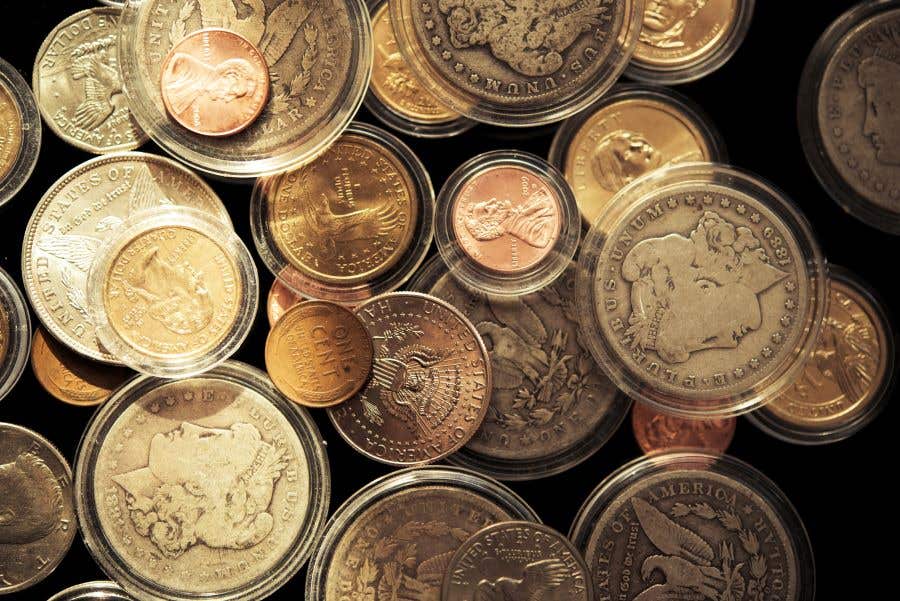Coins for Social Influence
From Alexander the Great to Superman, coins have carried the faces of influencers—real and fictional—shaping power, culture, and public memory through money.
Image: CNG Coins, WikiCommons.
Coins have been a vehicle through which influencers can convey their message for almost as long as coinage has existed. Alexander “the Great” featured himself wearing a lion’s scalp head dress on coinage as far back as before 323 B.C. The message that a living person should appear on a coin, along with a lion’s scalp, was a powerful statement.
Roman emperors took advantage of coins, featuring themselves and their families as well as their triumphs. The Emperor Valerian issued coins bragging about his defeat of the Sasanian Persians when, in fact, he was captured by them in AD 260 and died in captivity.
In more modern history, princes, kings, and emperors are the influencers who have appeared on coins. The United States tried to avoid this by using allegorical personifications of Liberty, but by the early 20th century, former presidents were appearing on circulating coinage, while just about anything and anybody who was some form of influencer was appearing on commemoratives.
I’m avoiding using the term political influencers here since that wouldn’t explain pop culture fiction heroes Superman and Batman appearing on current commemoratives, but in modern history, we’ve allowed our emotions to get involved. Franklin D. Roosevelt and John F. Kennedy first appeared on coins soon after each of their deaths. Each had been a U.S. president. Susan B. Anthony and Sacagawea have appeared on our dollar coins. Each is identified with social influence in one form or another.
Some people are arguing that certain people shouldn’t continue to appear on bank notes because they were slave owners. There is now a move in Congress to perhaps place recently murdered social influencer Charlie Kirk on a coin. Coinage (and currency) subjects are once again evolving. It will be interesting to see where we go from here, but both fictional and real influencers will continue to appear on our money.
You may also like:

